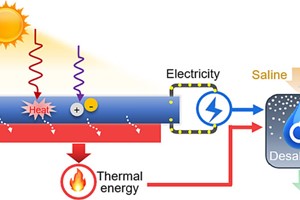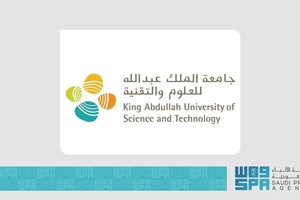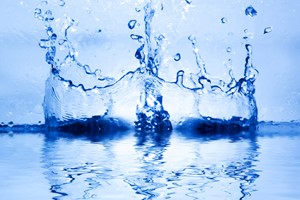Australian researchers have introduced a simpler and more economical method for desalinating seawater using heat, potentially offering a solution to the “unprecedented global water shortages” they have identified. Desalination, the process of removing salt and impurities from seawater to produce potable water, is typically achieved through reverse osmosis. This prevalent method employs pressure to force seawater through a membrane, retaining salt on one side and allowing purified water to pass through to the other.
Researchers at the Australian National University (ANU) highlight that, despite its widespread use, reverse osmosis demands substantial electricity and involves costly materials that require regular maintenance. In contrast, ANU scientists have developed a pioneering thermal desalination method. This method is powered not by electricity but by moderate heat, sourced directly from sunlight or waste heat from machines such as air conditioners or industrial processes.
The process leverages a phenomenon known as thermo diffusion, where salt migrates from hot to cold temperatures. Seawater is pumped through a narrow channel positioned between a unit heated above 60 degrees Celsius and a bottom plate cooled to 20 degrees Celsius. Lower-salinity water is extracted from the upper section of the channel, nearer to the heat source. The ANU study asserts that, through repeated cycles, the salinity of seawater can be reduced from 30,000 parts per million to less than 500 parts per million.
Juan Felipe Torres, a mechanical and aerospace engineer at ANU and the project’s lead chief investigator, elaborated on this groundbreaking work. “We use a phenomenon people have not used before,” he stated. “We are exploring its applicability in this context but in essence [it] should be something super simple, something as simple as a channel where you have water flowing through it and you are going to produce some sort of separation, and this is what thermal desalination is doing.”
The United Nations Food and Agriculture Organization has projected that by 2025, 1.8 billion people globally will likely encounter “absolute water scarcity.” Torres emphasized that the ANU’s innovation could help secure water supplies for communities threatened by climate change. “Our vision, let’s say, for the future to have a more equitable world in terms of water security and food security is a method that does not require expensive maintenance or to train personnel to continue running it. So, we think thermal desalination would enable that,” he explained.
The ANU team is currently constructing a multi-channel solar-powered device designed to desalinate seawater in the Pacific kingdom of Tonga, which is experiencing a severe drought.
By Phil Mercer












